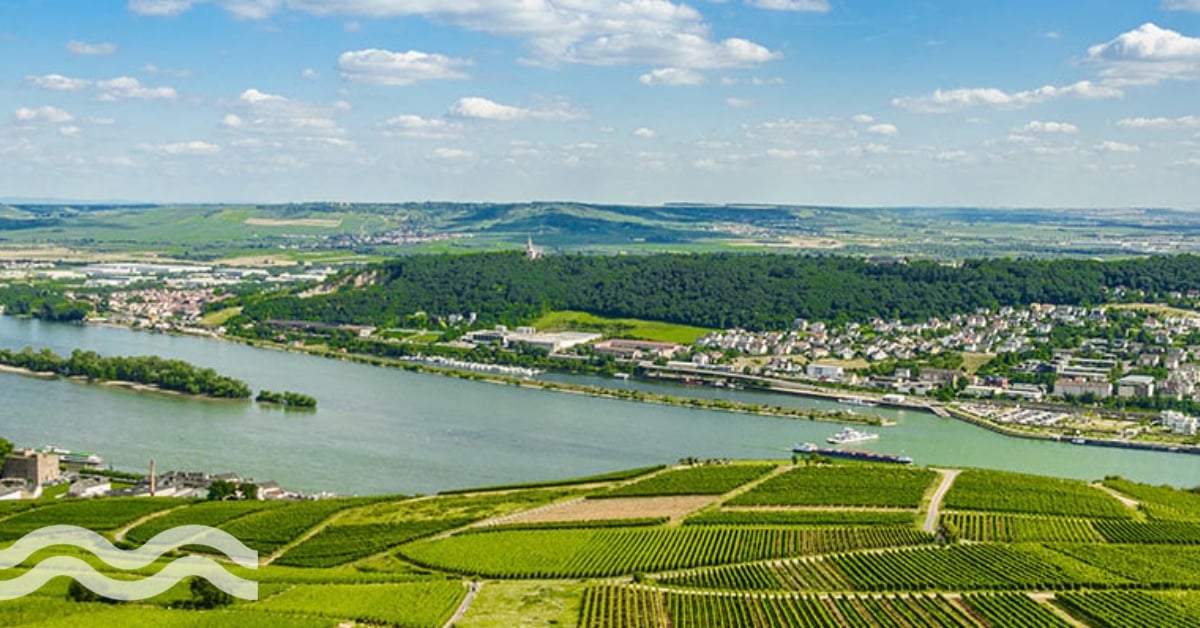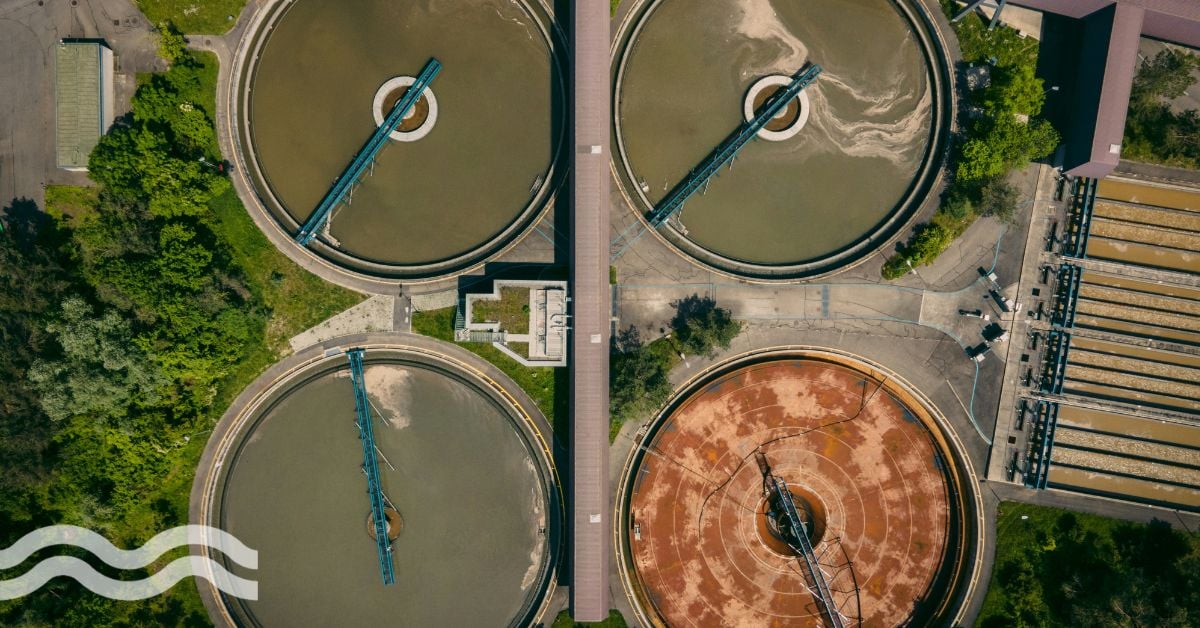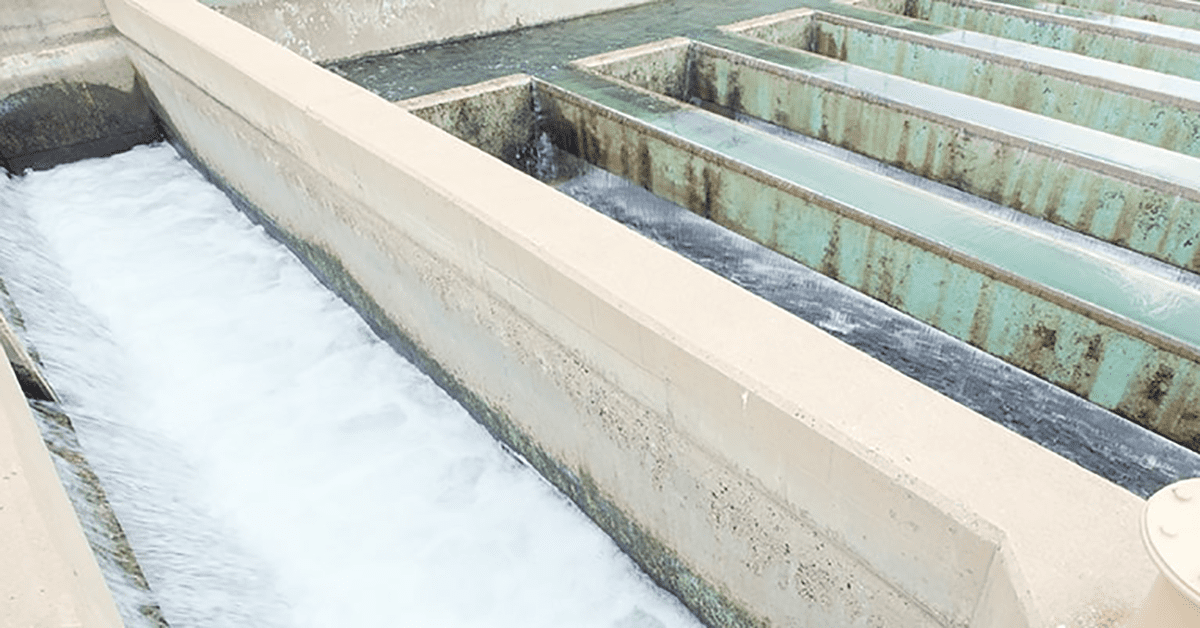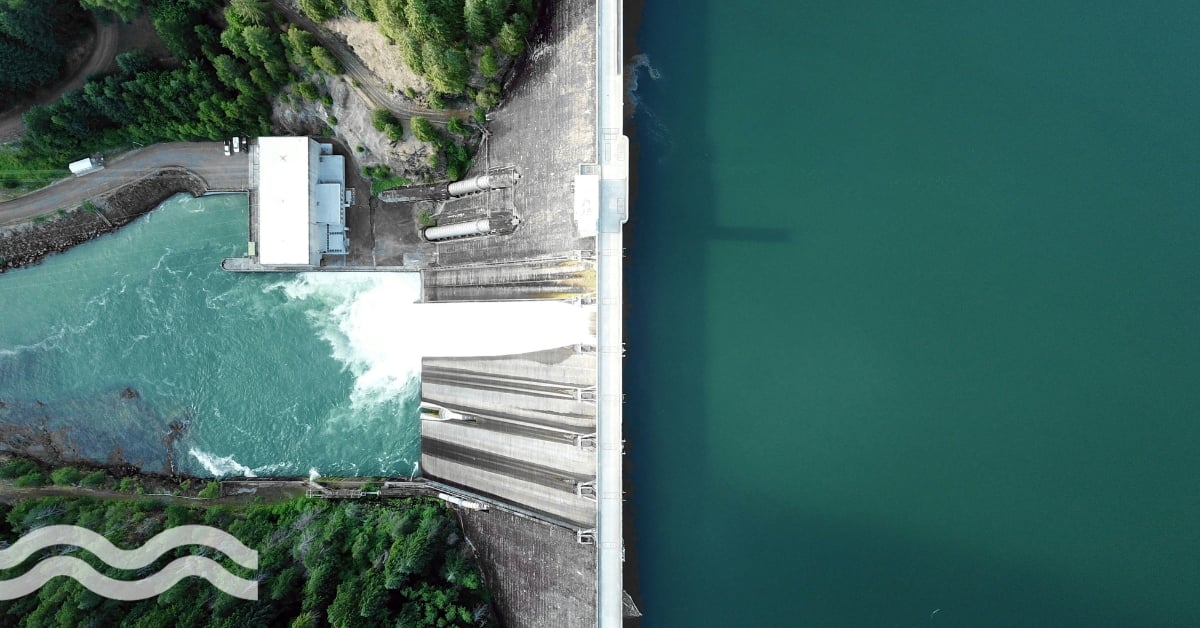Water sustainability means a nation that can be water self-sufficient: ensuring there is enough water to meet multiple needs, from agriculture to municipal and industrial. It also means water supply will remain consistent, despite climate change impacts, such as a lack of rainfall and drought, or too much rain, and being flood resilient. Sustainable water also means that the economics stack up in matching supply and demand, and the water delivery process is as efficient as possible. Sustainable water use, meanwhile, can also mean energy neutrality by coupling traditional water treatment technologies with renewable energies.
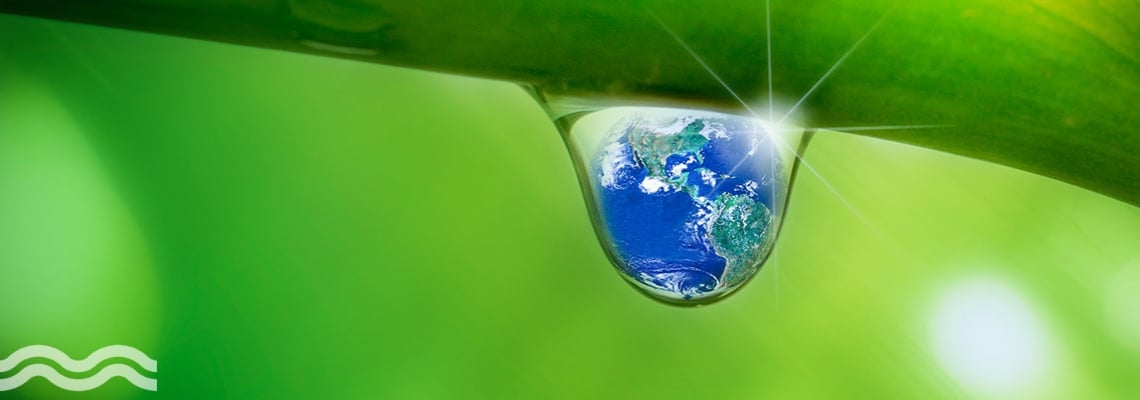
On a global scale, water sustainability means providing each person on the planet with affordable access to the minimum 20 to 50 litres of daily water required to sustain life. This follows the United Nations General Assembly recognition of “the right to safe and clean drinking water and sanitation as a human right that is essential for the full enjoyment of life and all human rights.”
The UK regulator Ofwat describes ‘Sustainable water’ as: “A sustainable water cycle in which we are able to meet our needs for water and sewerage services while enabling future generations to meet their own needs.”
Water sustainability also means effective and holistic management of water resources. There are now multiple demands on water resources, which drive the need for sustainable, integrated and holistic water management.
Water resource management objectives vary depending on the current water conditions and the policies and regulations in each region. Common goals include:
Image credit: the United
For water utilities, this can mean effective planning for water and wastewater systems to manage their operations and infrastructure and ensure the sustainability of the communities they serve, according to the Environmental Protection Agency (EPA) in the US. The Agency said the benefits of considering sustainability during infrastructure planning include:
Typically, water utilities have a long-term planning horizon and long-term infrastructure operation and maintenance commitments. The costs and potential benefits of investment decisions are realised over a long time period. Accordingly, EPA’s Sustainability Policy calls on drinking water and wastewater systems to undertake “robust and comprehensive” planning to ensure that water infrastructure investments are cost-effective over their lifecycle, resource-efficient, and consistent with other relevant community goals.
Levels of water sustainability will also differ between utilities. Some utilities and communities have been incorporating sustainability considerations into their planning processes, but are looking for ways to improve and refine their current efforts. Others may choose to focus on how such considerations can help to cost-effectively meet existing regulatory or service requirements.
Sustainable water systems should provide adequate water quantity and appropriate water quality for a given need, without compromising the future ability to provide this capacity and quality, according to the IWA.
The association states: “Water systems in the realm of sustainable development may not literally include the use of water, but include systems where the use of water has traditionally been required. Examples include waterless toilets and waterless car washes, whose use helps to alleviate water stress and secure a sustainable water supply.”
Image credit: U.S Geological Survey
The following list from the IWA addresses how different water sources can be used sustainably:
Surface water is both limited and unequally distributed around the world, and pollution from various activities means that surface water without treatment is not suitable for drinking. To address pollution and other quality issues in surface water, real-time monitoring systems can be employed, such as those used by the IBAIA project in Europe.
If properly constructed, dams can provide a sustainable water supply. The structures can be used for power generation, irrigation, flood prevention, water diversion, and navigation.However, large-scale dam projects may present challenges to sustainability: negative environmental impacts on wildlife habitats, fish migration, water flow and quality, and socioeconomic impacts. Therefore, a sustainability impact assessment should be performed.
Groundwater accounts for more than 50 per cent of global freshwater and is critical for potable water. Groundwater can be a sustainable supply of water only if the amount of water entering, leaving, and being stored in the system is conserved. The IWA says unsustainable groundwater use results in water-level decline, reduced streamflow and low quality water, directly impacting local communities.
In nations lacking freshwater, desalination has been providing an adequate water supply for many years. Desalination uses several different technologies, such as Reverse Osmosis, nanofiltration, electrodialysis, forward osmosis, and membrane distillation, to remove salts and other impurities from brackish and seawater, but can also be used to treat wells, surface water (rivers and streams), wastewater, and industrial feed/process waters.
However, higher energy demands from both thermal and membrane-based desalination compared to groundwater and surface water treatment have challenged the adoption of desalination as a sustainable option.
Image credit: Elemental Water Makers
With many countries looking to meet UN Sustainability goals while ensuring national water and energy security targets are met, the use of renewable energy to power water treatment, such as desalination, makes perfect sense, for example:
According to the IWA, the sustainability of desalination could be improved if it is coupled with renewable energy. The use of both wind and solar power to drive desalination is being explored. For example, the Greek government has recommended the use of small, decentralised solar-powered desalination plants as a way of providing sustainable water for the nation's 6,000 islands.
Companies are turning to the power of the ocean to drive sustainable desalination using the energy present in waves to remove the need for external energy sources.
Reclaimed water, or water reuse as it’s known, can also be a sustainable source for water supply and can alleviate stress on primary water resources, such as surface and groundwater. Depending on the given application, reclaimed water must be treated to provide an appropriate quality, for example, for irrigation or industrial use.
The level of water reuse varies globally. Countries such as Spain and China continue to lead the way in the use of reclaimed water, with the latter accounting for 49 percent of capacity contracted between 2010 and 2017.
Image credit: Tata & Howard
Sustainable water supply is one component of integrated water resource management, according to the IWA. The association identifies it as the “practice of bringing together multiple stakeholders with various viewpoints to determine how water should best be managed”. To decide if a water system is sustainable, various economic, social and ecological considerations must be considered.
Meanwhile, the United Nations (UN) has outlined the following areas where sustainable water resources management will need to take place, which ties in with its overarching goal of “Securing Sustainable Water for All”.
Image credit: Aquatech
Agriculture is by far the thirstiest consumer of water globally, accounting for 70 per cent of water withdrawals worldwide, although this figure varies considerably across countries. Rainfed agriculture is the predominant agricultural production system around the world, and its current productivity is, on average, little more than half the potential obtainable under optimal agricultural management. By 2050, world agriculture will need to produce 60 per cent more food globally, and 100 per cent more in developing countries.
Together, industry and energy account for 20 per cent of water demand. More-developed countries have a much larger proportion of freshwater withdrawals for industry than less-developed countries, where agriculture dominates. Balancing the requirements of sustainability against the conventional view of industrial mass production creates several conundrums for industries. One of the biggest is globalisation and how to spread the benefits of industrialisation worldwide, without unsustainable impacts on water and other natural resources.
Municipal water use accounts for 10 per cent of total water use. And yet, worldwide, an estimated 748 million people remain without access to an improved source of water, and 2.5 billion remain without access to improved sanitation.
Image credit: Chicago Council on Global Affairs
More than half the world already lives in urban areas, and by 2050, it is expected that more than two-thirds of the global population of nine billion will be living in cities. Furthermore, most of this growth will happen in developing countries, which have limited capacity to deal with this rapid change, and the growth will also lead to an increase in the number of people living in slums, which often have very poor living conditions, including inadequate water and sanitation facilities. Therefore, the development of sustainable water resources for economic growth, social equity, and environmental sustainability will be closely linked with the sustainable development of cities.
Perhaps the most important challenge to sustainable development to have arisen in the last decades is the unfolding global ecological crisis that is becoming a barrier to further human development. From an ecological perspective, water sustainability development efforts have not been successful. Global environmental degradation has reached a critical level with major ecosystems approaching thresholds that could trigger massive collapse. The growing understanding of global planetary boundaries, which must be respected to protect Earth’s life support systems, needs to be the very basis of the future sustainable development framework.
According to the IWA, sustainability is as much an outcome as a goal. The conceptual framework for Sustainable Water Resources Management considers water as a renewable, but finite resource with global and regional constraints. This should integrate ecological, economic, and social considerations through institutional and legal/regulatory constructs to move toward sustainable water resources.
Germany's National Water Strategy acknowledges that even in a traditionally water-rich country, it is a resource that is increasingly exposed to hazards caused by the climate crisis. The country's own modelling predicts increasing temperatures and changing precipitation patterns that will result in declining soil moisture and decreasing groundwater levels that will result in losses and damages for people and animals.
As with many areas of the world facing these issues, there are also threats from more frequent heavy rainfall events and flooding, and from pollutants, both known and emerging. The strategy is an attempt to address these threats to future water management and availability issues across the country.
As well as identifying the need for action, potential for risk, and ways of achieving future sustainability, the strategy also outlines key measures against which it will be monitored. The strategy is made up of 10 strategic issues that cover a programme of 78 measures.
In a statutory process for state-wide water resource planning in the Australian state of Australia, there are four regional water strategies. Driven by the Water Act 1989, these sustainable water strategies have to be reviewed at least every 10 years. The review of the Central Region Sustainable Water Strategy started in 2016 and is now complete. The five-year assessments of the Western Region and Gippsland Region sustainable water strategies began in 2017 and are also complete. The review of the Northern Region Sustainable Water Strategy began with a stocktake in 2016, which identified that 44 of the 51 actions had been completed or are ongoing. Each of the strategies will remain in place until future policies supersede them, with Victoria committing to five-yearly updates.
Every 15 years, the Victorian government is also required to carry out Long-term water resource assessments (LTWRAs) to explore changes in water availability in the southern and northern regions. These determine two facts: whether water availability has declined; and whether waterway health has deteriorated due to changes in flow. This review will inform approaches to water management in sustainable strategies. The southern assessment was completed prior to 2025, with the northern region's assessment to follow.
The Dutch city of Rotterdam has previously topped the Arcadis’ Sustainable Cities Water Index list and has frequently been placed near the top of the rankings. The company researches hundreds of cities to uncover unique insights into their sustainability.
Rotterdam has been innovative and proactive in its approach to water management, including heavy investment in its reservoir catchment system. The city has become a showcase in urban resilience that directly leads to a sustainable water supply: the city is among the highest in the world in terms of water reserves.
These are three examples of water sustainability projects:
This project was awarded Gold in the 12th IWA project innovation awards as ‘Beijing’s sustainable solution for ecological water reuse’ in 2018. The 31-hectare wastewater recycling plant was designed to ease sewage treatment pressure being experienced in the south of Beijing and to improve the water quality of the Liangshui River.
The underground wastewater recycling facility houses four 160 square metre bioreactors, producing recycled water to level four (IV) of Environmental Quality Standards for Surface Water. As an underground treatment plant, the aim is for the facility to reduce land occupancy as well as contain any noise and foul odours emanating from the plant.
Image credit: China Daily
Image credit: Biwater
One of the most significant steps towards the Millennium Development Goals (MDGs) in sub-Saharan Africa in 2008, the Omdurman Water Supply and Optimisation Scheme was designed to alleviate critical drinking water shortage in and around the capital of Khartoum, Sudan.
Biwater was contracted to finance and build a large-scale water treatment plant, primary distribution and storage, with an intake on the Nile, downstream of the confluence of the White Nile and the Blue Nile. The innovative intake structure was built to reliably manage challenging river level fluctuations, strong flows and large amounts of silt carried by the river during the rainy season each year.
Interestingly, the innovative intake structure was designed by Biwater to rise and fall over two levels, coping with up to eight metre variances in the river level, as well as the sheer weight and intensity of the sediment carried in the water.
Image credit: Andres Times
A project known as AICCA has been focusing on clean water and climate change in the Andean regions of Peru, Bolivia and Columbia. The Bank of Latin American Development and the Global Environment Facility have supported the project with funding worth more than €8.6 million. The project has created pan-national collaborations that are helping communities meet the challenges of climate change with a focus on ensuring water sustainability in the Andean populations.
Sustainable water resource management is a complex, but essential, undertaking that demands integrated planning, technological innovation, and collaborative efforts across various sectors to ensure water security for present and future generations. Water sustainability efforts define a nation's ability to become more efficient in water use and management of limited resources, such as surface water, groundwater, desalination, and reclaimed water, while remaining resilient to changing climate patterns and events.
Water sustainability needs to be addressed through both nation-wide initiatives and state/city-level strategies that include technological advances, education, reuse policies, nature-based solutions, and integration with renewable energy.

